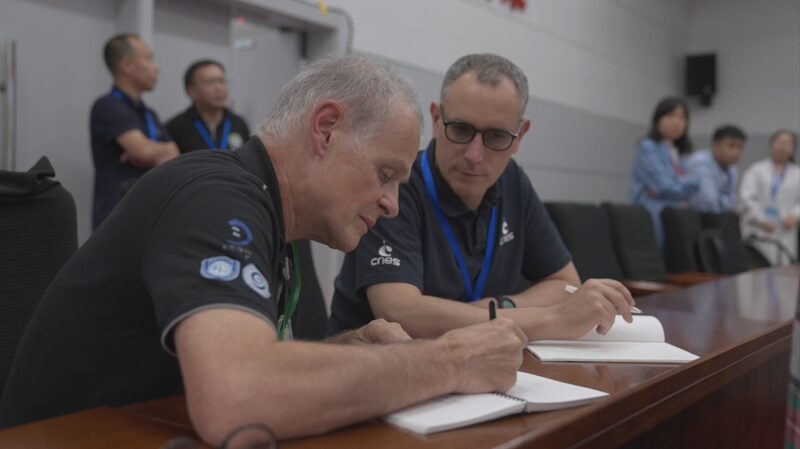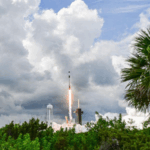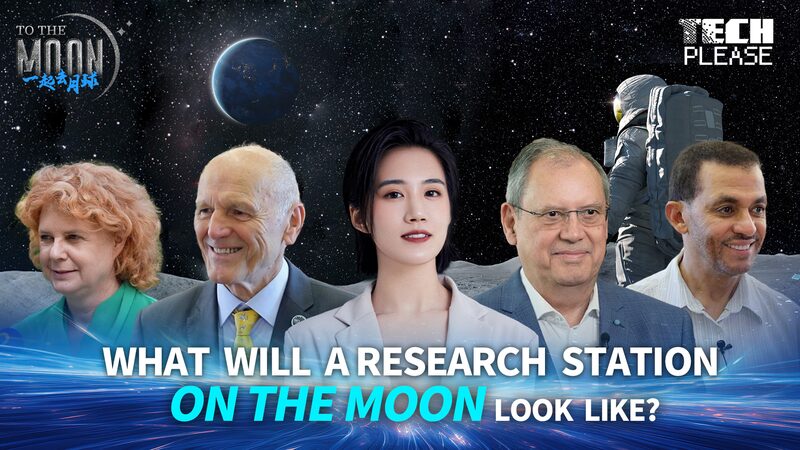China has unveiled an exciting blueprint for the International Lunar Exploration Station (ILRS) during a conference in Tunxi District, Anhui Province. This plan has caught the attention of space agencies 🌌 and organizations worldwide.
At the recent International Deep Space Exploration Conference, China's space agency partnered with Senegal to collaborate on the ILRS. Additionally, China's Deep Space Exploration Lab signed agreements with 10 organizations from countries like Serbia, Switzerland, the UAE, Indonesia, Pakistan, Panama, and South Africa.
Since mapping out the ILRS initiative in 2017, many countries and companies—including India, Japan, Russia, South Korea, the UAE, the USA, SpaceX, and Blue Origin—are gearing up for lunar missions.
In a significant discovery, Chinese scientists found a new mineral in a sample from the Chang'e-5 lunar mission that contains water molecules 💧. They also detailed a process to extract up to 76 kilograms of water from one tonne of lunar soil. Last year, NASA mapped water distribution near the moon's south pole, making a long-term human presence more feasible on the moon.
Nasr Al-Sahhaf, chair of the International Moon Day Group, expressed enthusiasm: \"We would like to build a laboratory so that we can extract this water and build something from it.\"
Sandra Hauplik-Meusburger, an academician, added, \"An international research station is a stepping stone towards space and deep space exploration.\"
However, establishing a lunar research lab is challenging. With no atmosphere, extreme temperatures, and only one-sixth of Earth's gravity, the moon presents a harsh environment. Overcoming issues like moonquakes, micrometeorites, and cosmic radiation is crucial. Experts like Zhang Zexu from Harbin Institute of Technology emphasize the need for reliable protection strategies.
The moon is becoming a focal point for global efforts. During the third International Moon Day, experts and young engineers gathered to address these challenges. The Moon Station 2050 Global Innovation Competition showcased innovative solutions from students worldwide, including lightweight robots from Tsinghua University and thin-film solar cells from the University of Tokyo.
Giuseppe Reibaldi, president of the Moon Village Association, highlighted the importance of global unity in lunar exploration: \"Understanding what's happening on the moon is fundamental for all humanity.\"
The journey to establish the ILRS is a testament to international collaboration, innovation, and the shared dream of exploring the cosmos. 🌍✨
Reference(s):
To the moon: What will a research station on the moon look like?
cgtn.com






